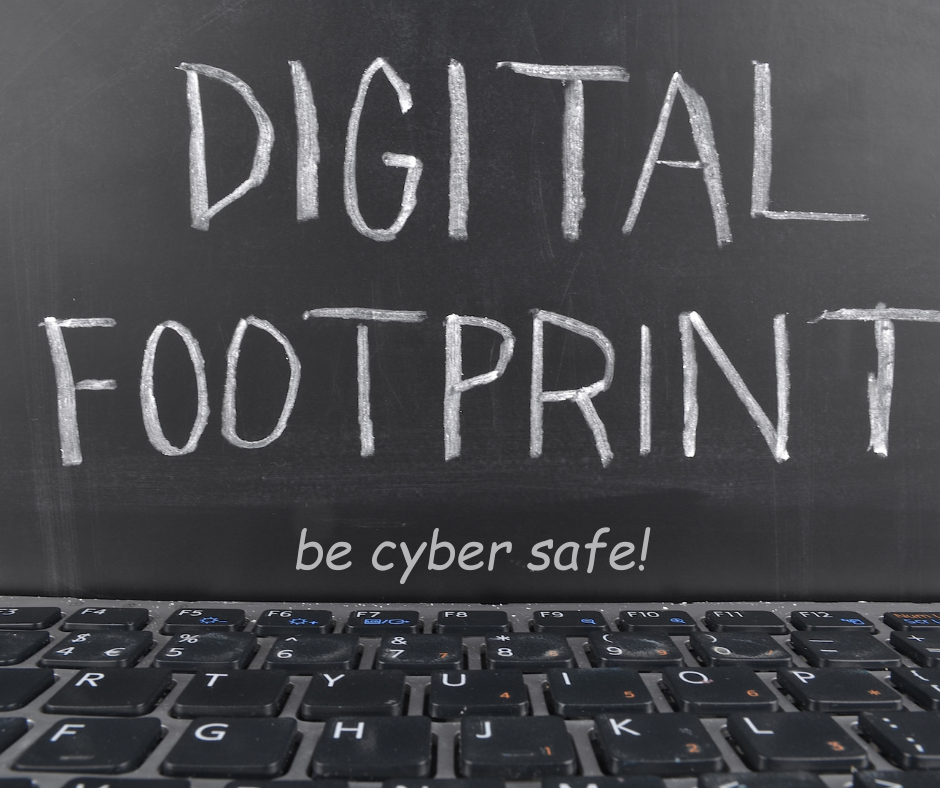Protecting your Children and their Digital Footprint

We talk with our kids about birth control, sex, drinking, drugs, and a host of other risks to their well-being. Securing their digital footprint should be on this list! The beginning of a new school year is a perfect time to implement family-best practices if you have not already done so. There will be new friends and new networks, maybe new schools with new logins. In other words, new opportunities for cybercrime.
Did you know:
- Both in 2021 and 2022, education and research institutions faced the highest attack volumes every month compared to other industries. When looking at K-12 schools, the threats in 2023 stemmed primarily from two sources: 29% of attacks originating from vulnerability exploitation and 30% from phishing campaigns.
- A simple photograph posted on social media contains mega data that shares GPS location, date, time, and photographer with anyone, anywhere who is savvy enough to hack it.
- Millennials are the fastest growing segment of identity theft and financial crime victims. Why? Lifelock from Norton cites overconfidence and delays in installing updates and patches.
- The goofy quizzes on social media channels are just a foil for stealing information.
- Account takeovers: Fraudsters use compromised credentials to access social media accounts and impersonate the user. Often, they try to build trust and then ask for sensitive information.
10 things to do to protect your children’s digital footprint
- Privacy settings are customizable controls for the user and determine who sees the posted content and personal information. Settings should be checked frequently as social media channels often change and/or update their security settings. Best practice: establish a routine of checking settings with your child so they know how to do it when they leave the nest.
- Review and implement school security measures. Look for encryption, two-factor authentication and recourse policies if hacked. Best practice: explain to your student what suspicious activity can look like and how to listen to their inner voices if something seems off. Ask about new friends and connections. It can be part of your regular security routine with them.
- Change passwords monthly; no sharing with friends!
- Use most current computer virus/malware protection. Install patches and updates ASAP.
- Check that your private network is secure. Explain the difference between public and private networks.
- Do not use sensitive info or sign into financial or commerce sites on public networks.
- Teach them to think twice before posting. What are the unintended consequences and who can be hurt or put at risk when posting?
- Do not post personal details or financial information.
- Before purchasing anything on a website, ensure that the website’s URL starts with “https://.” The “s” at the end is critical because it indicates that your connection is encrypted.
- Check your children’s social media accounts. Have them share new friends and connections with you. Snapchat provides parental support through its Family Center as do Instagram and other channels.
We put together a list of resources that provide best practices when it comes to guarding against identity theft and other nefarious cyber malfeasance.
RESOURCES
This website provides a list of the most popular social media channels with a link to their security pages. https://rainn.org/safe-media
Video: https://www.youtube.com/watch?v=GqU5QBpvw18
Checklist for identity theft or scam precautions.
Mosaic FI, LLC is a State of Illinois registered investment adviser. The opinions expressed herein are those of the firm and are subject to change without notice due to changes in the market or economic conditions and may not necessarily happen. Any opinions, projections, or forward-looking statements expressed herein are solely those of Jenifer Aronson and Leslie Meisner and may differ from the views or opinions expressed by other areas of the firm and are only for general informational purposes as of July 15, 2024.
share this post
share on facebook
email to a friend
pin to pinterest